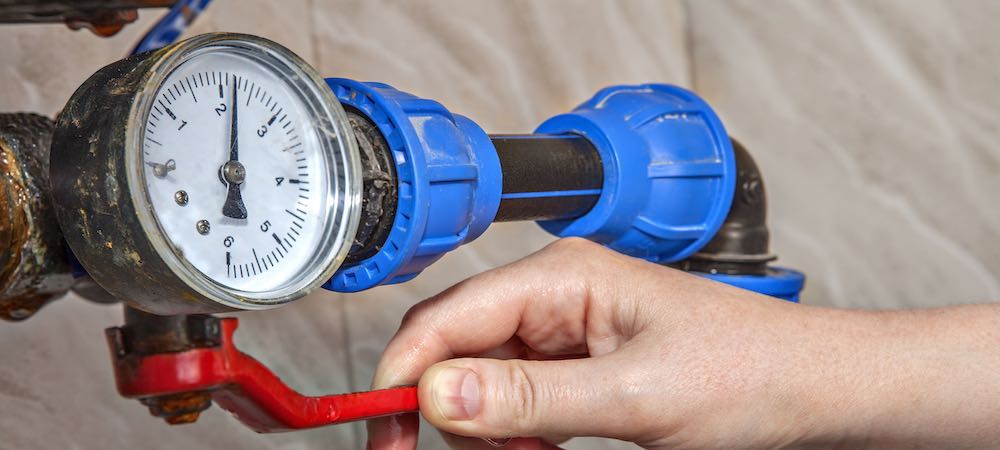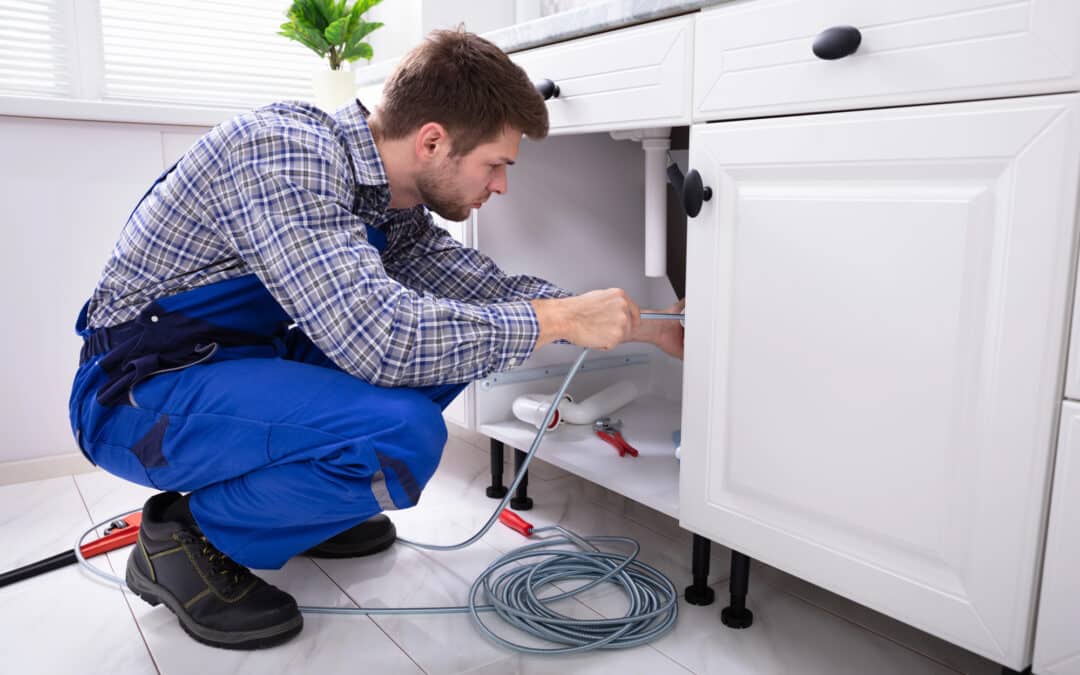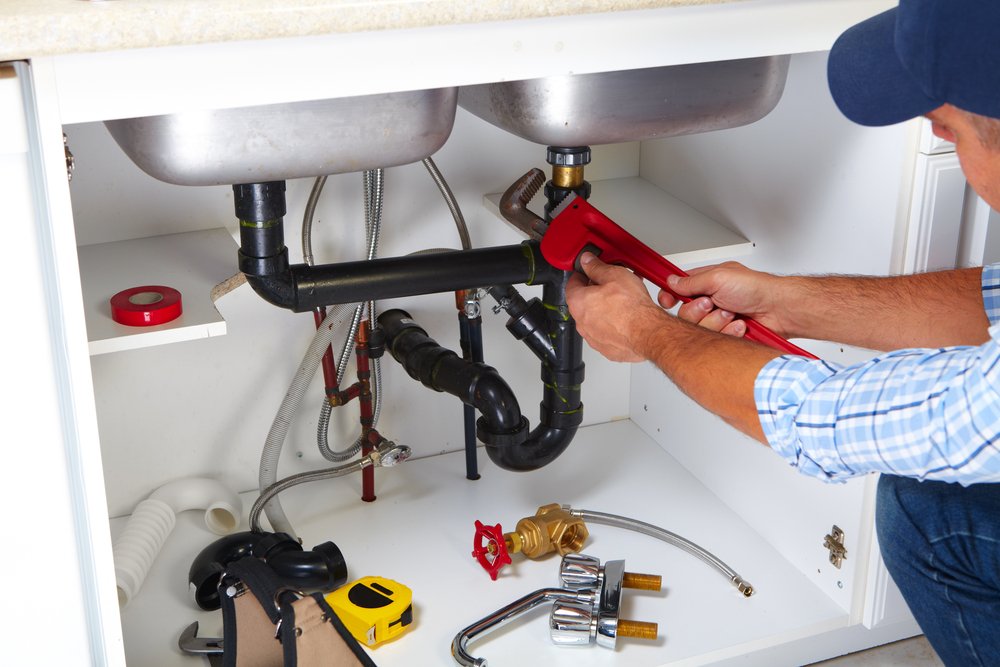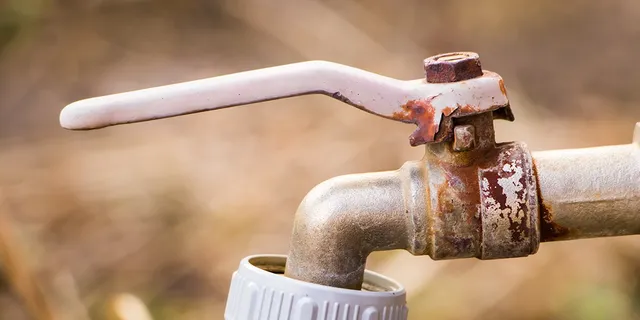Low water pressure in your home can result from clogged pipes, partially closed valves, or aging infrastructure. To fix it, clean aerators, fully open valves, or upgrade old pipes. If issues persist, consult a professional plumber for tailored solutions.
Low water pressure is more than just a nuisance—it can disrupt your daily routine and signal deeper plumbing problems. From weak showers to slow-filling sinks, understanding what causes low water pressure and knowing how to fix it is crucial for maintaining a functional home. This guide explores common causes, troubleshooting tips, and effective solutions.
What is Considered Low Water Pressure?
Water pressure is measured in pounds per square inch (psi). For most homes, the ideal range is 45–55 psi. Anything below 40 psi is considered low and can affect multiple fixtures.
Low water pressure might make it difficult to:
- Take comfortable showers.
- Fill bathtubs and sinks quickly.
- Run multiple appliances simultaneously.
A quick way to check water pressure is by using a pressure gauge on an outdoor spigot. If readings are consistently low, further investigation is needed.
What Causes Low Water Pressure?
Several factors can lead to low water pressure. Identifying the root cause is essential for implementing the right fix.
Partially Closed Valves
A main shut-off valve or fixture-specific valve may not be fully open, restricting water flow.
Clogged Pipes
Over time, mineral deposits and debris can accumulate inside pipes, reducing the available space for water to pass through.
Faulty Pressure Regulator
A pressure regulator stabilizes water pressure. If it malfunctions, you may experience either very low or very high pressure.
High Water Demand
Simultaneous use of multiple water-consuming fixtures or appliances can cause a noticeable drop in pressure.
Aging Infrastructure
Older homes with galvanized steel pipes are prone to corrosion, which narrows the pipe diameter and restricts water flow.
External Supply Issues
Municipal water supply problems, such as a broken water main, can lower pressure temporarily.
How to Diagnose Low Water Pressure
If you’re experiencing low water pressure, follow these steps to identify the problem:
Check All Fixtures
Determine whether the issue is localized (one fixture) or affects the entire house. This can help narrow down the cause.
Inspect Aerators and Showerheads
Remove and clean aerators or showerheads. Mineral deposits often clog these fixtures, reducing water flow.
Test Water Pressure
Use a pressure gauge on an outdoor spigot to measure pressure. If it’s below 40 psi, you have a water pressure problem.
Look for Leaks
Inspect exposed pipes and fixtures for visible leaks. Hidden leaks inside walls or underground may require professional detection services.
Solutions for Low Water Pressure
Open All Valves
Ensure the main shut-off valve and fixture-specific valves are fully open. A slightly closed valve can significantly reduce pressure.
Clean or Replace Fixtures
For clogged aerators and showerheads:
- Soak them in vinegar overnight to dissolve mineral deposits.
- Replace if cleaning doesn’t improve water flow.
Fix Faulty Pressure Regulators
Adjust the pressure regulator using the screw on top. If it doesn’t stabilize, call a professional plumber to replace it.
Upgrade Pipes
Replace old galvanized steel pipes with modern materials like PEX or copper to prevent corrosion and improve flow.
Contact Your Water Provider
If the issue is with the municipal supply, report the problem and wait for resolution.
For more complex repairs, such as replacing pipes, explore our Plumbing Services for professional assistance.
Commercial Properties and Water Pressure Issues
Low water pressure in commercial buildings can disrupt operations. Restaurants, offices, and other businesses often have more complex plumbing systems that demand consistent pressure.
Common Causes in Commercial Properties
- Outdated plumbing infrastructure.
- High simultaneous water demand.
- Pressure fluctuations due to system size.
Solutions
- Install booster pumps to maintain consistent pressure.
- Schedule regular plumbing inspections to identify and fix issues early.
- Upgrade branch lines to handle higher water flow requirements.
For tailored solutions, visit our Commercial Plumbing Services page.
Preventing Low Water Pressure
Routine maintenance can help prevent water pressure issues. Here are some tips to keep your plumbing system running smoothly:
- Clean Aerators Regularly: Soak them in vinegar every few months to prevent clogs.
- Replace Old Pipes: Upgrade aging infrastructure to prevent leaks and corrosion.
- Schedule Inspections: Regular checkups can identify and fix minor issues before they escalate.
- Install a Water Softener: Hard water can cause mineral buildup, leading to clogs.
Low Water Pressure in Apartments
Apartments often face unique challenges due to shared water systems. Pressure can fluctuate based on the time of day or the number of units using water simultaneously.
How to Address It
- Install Individual Lines: Separate water lines for each unit can ensure consistent pressure.
- Add a Booster Pump: Boosters can compensate for pressure drops in multi-story buildings.
- Coordinate Water Usage: Stagger usage times for better distribution.
Learn more about addressing urgent plumbing issues with our Emergency Plumbing Services.
FAQ
How much does it cost to fix low water pressure?
Costs depend on the issue. Cleaning aerators is inexpensive, while repiping a home can range from $1,500 to $15,000.
Can low water pressure damage appliances?
Yes, appliances like dishwashers and water heaters can be strained by insufficient pressure.
How can I boost water pressure in my home?
Install a pressure booster or upgrade pipes. Regular maintenance also helps maintain consistent flow.
Why Choose Us for Plumbing Solutions?
Whether you’re dealing with low water pressure at home or in a commercial setting, we’re here to help. Explore our wide range of services:
- Residential Plumbing for home solutions.
- Commercial Plumbing for business needs.
- Emergency Plumbing Services for urgent issues.
Call us today at TEL: [Phone Number] for expert solutions and reliable support.




